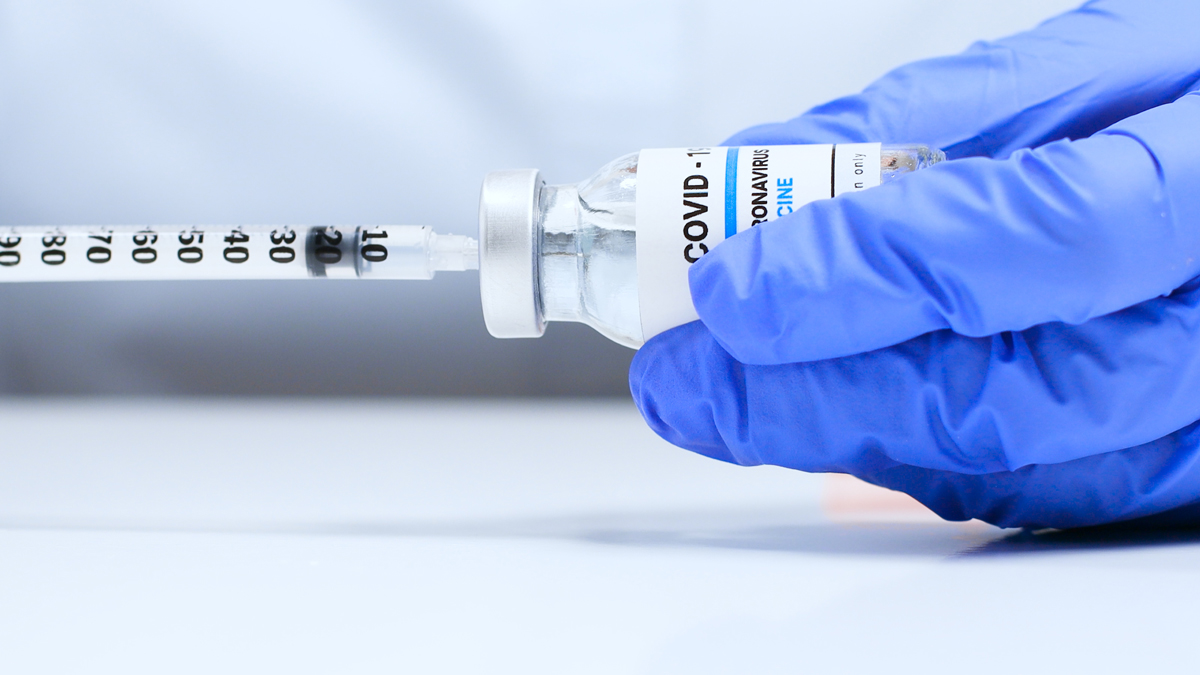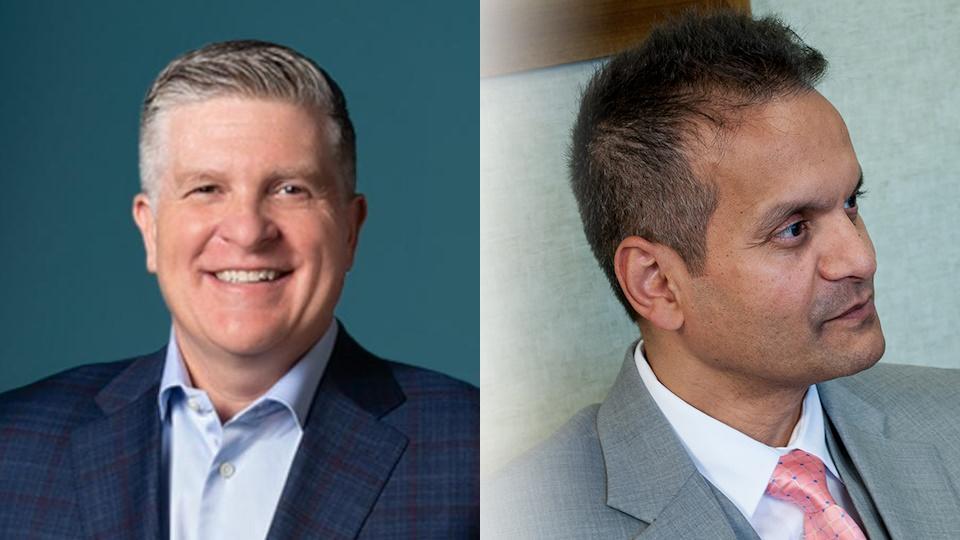Vaccine equity: how the pandemic demonstrated global health inequality

With the rapid onset of the pandemic, the race to develop a viable vaccine quickly became a race to secure access to the developed vaccines. In this article, Ben Hargreaves examines how wealth determined the winners and what is now underway to help lower-income countries gain access to the available vaccines.
At the beginning of the pandemic, there were two principal issues facing producing an effective vaccine: how can one be quickly developed, and how can production meet global demand? As is now clear, the first task has been achieved. However, the latter still poses a significant problem.
For those who have already received a vaccine booster or even a second additional dose, this may not seem a problem. But in various parts of the world, the issue is still a pressing one. According to the World Health Organization (WHO), 23 countries are yet to fully vaccinate 10% of their populations, 73 countries yet to manage 40%, and more beyond that will not meet a 70% target by the middle of this year.
The stark difference is best illustrated by the fact that approximately 7% of people living in countries deemed low-income have been vaccinated, compared with 73% in high-income countries.
The problem is being referred to as vaccine equity, and it is not a new issue. One previous example is the pneumococcal conjugate vaccine, protecting against the main cause of pneumonia, which took 15 years after being developed to reach certain lower-income countries.
The challenge facing the delivery of such vaccines is one primarily of wealth, where lower-income countries cannot afford to purchase the vaccines without support. This has played out at a wider, more public scale with the emergence of COVID-19.
The race for supply
The global deployment of COVID-19 vaccines at the beginning of the pandemic was hampered by the production capacity, and this is a factor that continues to be one that limits greater global access. To manufacture doses in the billions required a capacity that did not exist, leading to rapid efforts to strengthen manufacturing capabilities, such as the US launching ‘Operation Warp Speed’ to boost funding for the development of manufacturing capacity. Once there were potential vaccines in development and manufacturing capacity was expanded, the next phase of reacting to the pandemic arrived: the race for access.
This led to countries and regions placing orders for effective vaccines before the supply had even been manufactured, effectively securing vaccines competitively against other countries. This occurred with some controversy, as the European Commission was accused of using ‘personal diplomacy’ to secure an order for Pfizer and BioNTech’s vaccine. The US, for its part, used financial muscle to reserve its vaccine supply and also to acquire ‘most of the global supply’ of Gilead’s COVID-19 drug, remdesivir.
Change of focus
This approach led to the current situation in high-income countries – where the level of mortality due to the virus has fallen due to high rates of vaccination. However, as research has shown that the pandemic is not likely to end until there is a comprehensive global roll-out of vaccines, the conversation around expanding access to vaccines is growing more urgent.
Increasingly, pressure is being placed on those involved in developing vaccines and treatments for COVID-19 to provide greater access to these tools. At the end of last year, Pfizer signed an agreement with The Medicines Patent Pool that allowed for its oral antiviral treatment candidate PF-07321332 to be produced and distributed to low- and middle-income countries. The deal sees generic medicine manufacturers able to produce the treatment, for use in combination with ritonavir, in 95 countries.
At the same time, there are increasing calls, including from the World Trade Organization (WTO), for vaccine producers to support a patent waiver to improve overall access to COVID-19 vaccines. The WTO referred to the low level of vaccination in the global south as ‘not ethically acceptable’ and as risking ‘prolonging the pandemic’. According to Reuters, the potential for this vaccine patent waiver to be passed is increasing but still requires unanimous backing of all 164 members of the WTO.
In search of solutions
Brokering an agreement for a vaccine patent waiver is one that will take time whilst the pandemic remains a significant issue in the present for countries with low levels of vaccination. Organisations such as Gavi, a vaccine alliance, have been campaigning for greater access to be provided of vaccines globally since early into the pandemic.
One of the methods in which Gavi has chosen to help achieve this is by raising funds. At the beginning of this year, the organisation aimed to raise $5.2 billion to support global vaccination. As already mentioned, the gap in wealth between nations is one that plays a key part in differentiating access to vaccines, which Gavi aims to address by raising funds and through its work with its partner, COVAX – a joint venture between Gavi, the Coalition for Epidemic Preparedness Innovations (CEPI), and the WHO.
Beyond funding, there are broader issues to face to ensure access becomes more evenly distributed to COVID-19 vaccines. The challenge of sufficient infrastructure remains integral once supply capacity is resolved, with countries needing sufficient warehousing space and cold chain capacity.
More fundamental to the delivery of the vaccines is simply having sufficient levels of trained vaccinators and the healthcare infrastructure in place to organise a vaccine campaign that includes entire populations of people. Beyond this, there are also the common problems that all countries have faced when endeavouring to vaccinate as high a proportion of people as possible: vaccine hesitancy and misinformation surrounding the available vaccines.
The direction of travel
In February of this year, COVAX announced that it had hit the milestone of delivering 500 million doses of vaccine to 105 countries across the globe. The organisation aims to achieve an average coverage level of 45% of the populations of 91 lower-income economies by mid-2022, based on a two-dose vaccine regime. Looking to the future, the WHO recently announced that it would open a global biomanufacturing hub in South Korea to provide training to low- and middle-income countries looking to produce their own vaccines and biologics.
According to the Wall Street Journal, investors are now also applying pressure to COVID-19 vaccine developers themselves to make more of their shots available to people in lower-income countries, with organisations such as Oxfam making such demands. As the pandemic situation in richer countries continues to improve, the calls for increased distribution of vaccines will likely only increase – especially given the profits being managed by those companies with dominant positions in the market.
Dr Richard Hatchett, CEO of CEPI, concluded on the importance of expanding access to the vaccines: “together, through greater aligned investment in the science, alongside investment in enabling fair and equitable global allocation of vaccines through the COVAX AMC, we can remain one step ahead of the virus. Failure to do so will only cause further global tragedy and prolonging of this devastating crisis.”












